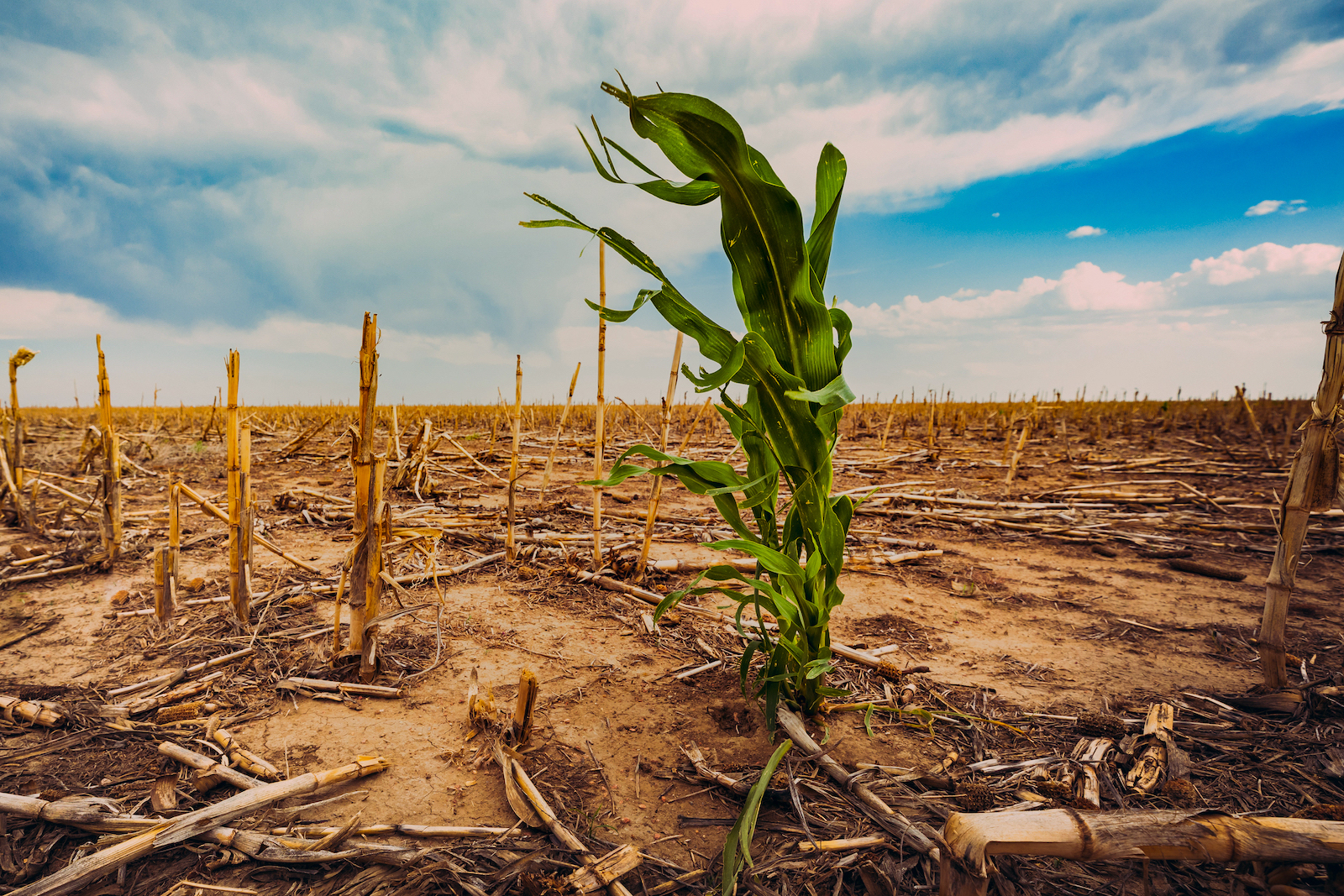
Business
Farming Under an Angry Sun: How Climate Change is Transforming Agricultural Insurance
As Europe’s blistering summer rages on, the continent’s farmers are already feeling the heat, with crops failing at an alarming rate following some of the hottest and driest months since records began. With an almost 10% drop in staple crop production expected in Europe this year, fears are mounting over the future of the planet’s already shaken food security.
The prospects of food producers are equally bleak, with farmers everywhere now more at risk of financial ruin following adverse weather conditions than at any time in nearly a century. To meet their needs, the agricultural insurance industry is not only growing, but also transforming, with services going far beyond simple payouts for bad harvests. Through programs that help farmers adapt to growing crops in unprecedented conditions, the farming insurance business seems poised to become a vital tool in ensuring food security.
Compound crisis
In an interview earlier this month, Josef Aschbacher, the Director General of the European Space Agency (ESA), claimed that the current energy crisis, while concerning, will soon be dwarfed by the economic damage brought about by climate change, which requires urgent action. The ESA has been monitoring climate-related events from orbit for years, leaving its scientists in no doubt about the effects that successive heatwaves, wildfires, shrinking rivers, and rising land temperatures have on human economic activity, particularly agriculture.
The interview comes during a scorching summer for Europeans, with record temperatures, wildfires, and major droughts plaguing the continent. Agricultural giants like France, Italy, and Spain are already seeing declining output, with soybean, sunflower, and maize among the most affected crops, leading experts to warn of a phenomenon dubbed “heatflation” — price hikes in staple food products driven by climate change. The crisis is further compounded by the effects of Russia’s war in Ukraine on the global food market, revealing a modern system of agricultural production and distribution that is far more vulnerable to shocks than previously believed.
The agricultural world is now seeking ways to adapt to a future where such extreme weather patterns will become increasingly frequent. This adaptation also includes an often-overlooked aspect in the public debates: farming insurance, which allows food producers to collect insurance when crop yields or market prices are lower than expected due to either natural disasters, like wildfires, hurricanes, and droughts, or adverse market conditions, such as an overabundant supply.
An expanding sector
Seen perhaps as unglamorous, even by the standards of the insurance business, agricultural insurance has proven a crucial instrument in ensuring the continued existence of farming businesses for almost a century. First introduced in the United States to deal with the destruction wrought by the Dust Bowl of the 1930s, agro-insurance has become a global juggernaut worth $30 billion per year, offering services that are increasingly seen as a necessity.
Today, this insurance sector is crucial in understanding climate trends and crop dynamics, as well as in efforts to develop tailored insurance solutions that help farmers remain resilient in this evolving risk landscape. A recent Stanford University study compared the upwards trend of crop insurance with temperature increases at a county level over almost 30 years, concluding that climate change has caused $27 billion in losses for farmers who were later reimbursed by insurance companies, making up 19% of the total agricultural insurance pay-offs in that time.
Perhaps unsurprisingly, farming insurance is booming. For example, global reinsurance giant PartnerRe, which was recently acquired by France’s Covéa, has been expanding its agricultural business, often through partnerships with local companies, allowing it to offer insurance products that are better suited to the individual needs of farmers. By helping farmers adapt to climate risks by leveraging their ability to gather data on crop production, insurance companies enhance their clients’ precision farming capabilities, in turn improving the efficiency and sustainability of farming operations.
Adaptation cost
The fact that PartnerRe recently had its Fitch rating upgraded shows that modern agricultural insurance has come a long way from the days of the Dust Bowl, with contemporary insurance packages protecting farms not just from climate change and extreme weather, but also from the fast pace of technological advances. As agriculture becomes increasingly dependent on digital technology, many farmers fear being left behind, especially in rural and remote areas. Today, insurers offer services that deal with the cost of adaptation, like switching to precision farming or adopting other sustainable yet costly tech-driven techniques.
But not all answers need to be cutting edge. Both recent academic studies and ancient farmer wisdom show that one of agriculture’s best risk management solutions is the diversification of crops, with the cultivation of many different products sometimes seen as an informal insurance mechanism. But rather than seeing this approach as a form of competition, insurance companies actively help their clients with crop diversification. In fact, many plans cover the costs of acquiring new seeds and switching to a more varied production.
Mitigating the present
Solving the planet’s climate crisis – humanity’s greatest challenge of the century – will require significant political, scientific, and financial efforts over the coming decades. But as its devastating effects are already beginning to be felt in agriculture, threatening the food security of billions, the immediate effects of climate change need to be mitigated as they arise. International pledges to implement reforms by 2030 will do little to help a farmer whose crops are withering from drought and heat in 2022.
Agricultural insurance will clearly not fix climate change. But as the sector continues to grow and diversify, it is expanding from simply paying losses on failed crops to offering complex solutions for farmers to adapt their practices to the new reality of climate change, strengthening food security in the process. Once seen as marginal and provincial, the agricultural insurance industry looks set to gain critical importance in the years to come, so watch this space.
